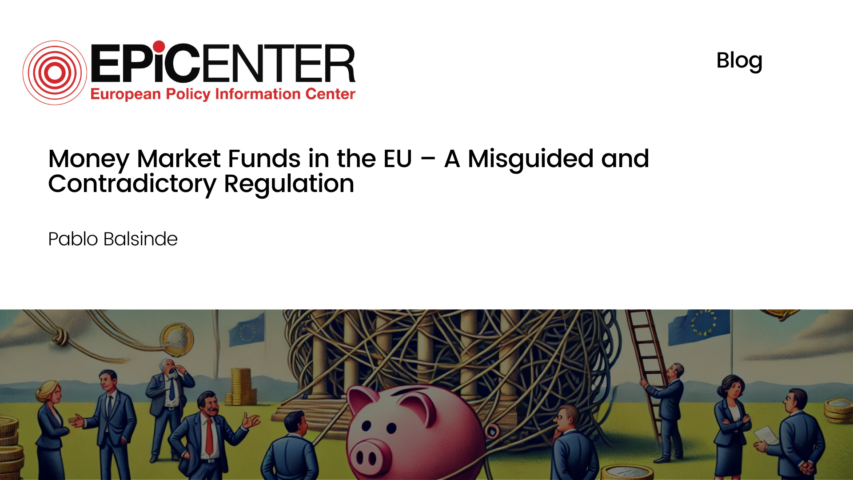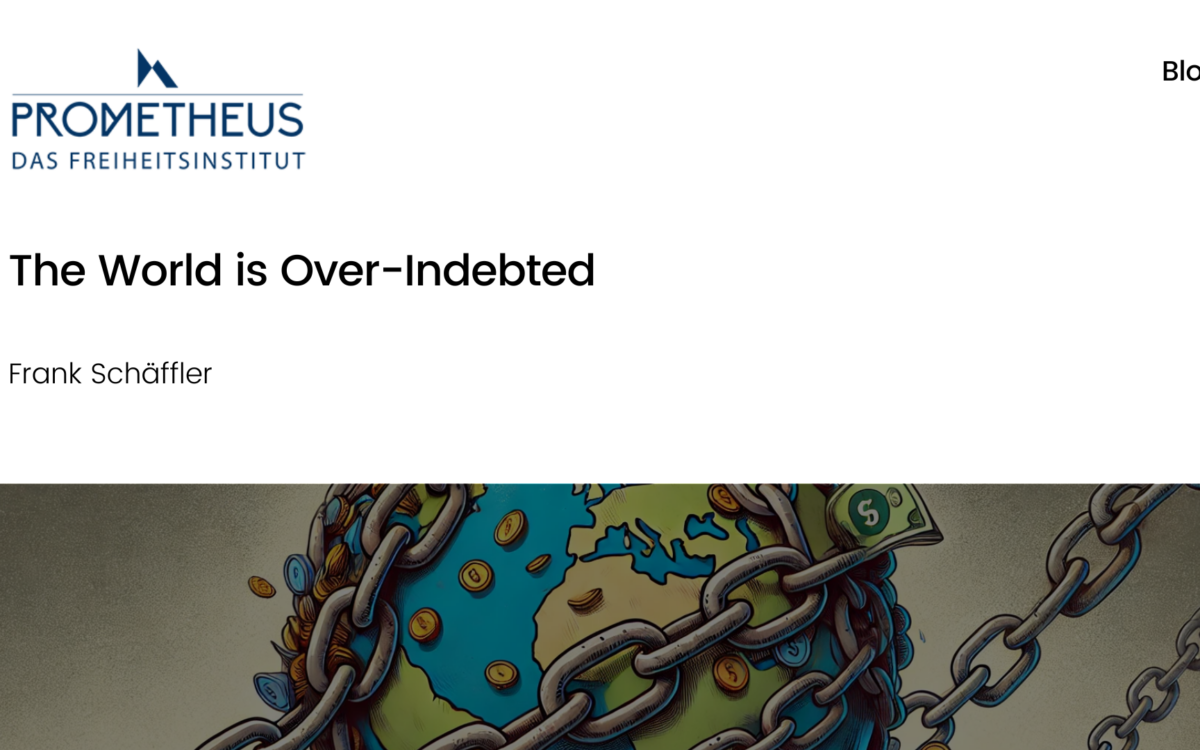Money Market Funds in the EU – A Misguided and Contradictory Regulation

Money Market Funds in the EU – A Misguided and Contradictory Regulation
Pablo Balsinde // 3 April 2017
After more than three years of discussion and contention, the European Parliament and Council agreed on a new set of regulations regarding Money Market Funds (MMFs) at the end of last year. The industry, identified as a core factor in the financial collapse of 2008, has been difficult to regulate in the European Union because of conflicts among Member States. Whereas in the US markets were regulated relatively quickly to prevent further runs – when too many fund owners withdraw their money and cause a liquidity crisis forcing funds to default – the Union was unable to come to a consensus on an approach to regulation until last December. Though it has been difficult to achieve, the consensus is misguided in attempting to prevent further runs and liquidity crises by trying to safeguard the solvency of the funds. Because of this, they tried to regulate the industry as they have regulated the insurance, pension fund, and banking industry – by imposing capital requirements and effectively dictating certain asset allocations. Although to achieve stability the market required regulations promoting transparency and effective corporate governance, liquidity and diversification requirements will create significant market distortions and, most importantly, decrease the returns of the funds themselves.
The EU seems to believe that securing the solvency of funds will prevent bank runs. This approach is erroneous in its understanding of runs themselves, and because of this, the EU’s solvency-oriented regulatory approach has yielded policies that do not prevent them nor the consequent liquidity crises. Short-term debt holders do not pay attention to an institution’s solvency during a run; they look at whether other people might run. Consequently, no liquidity requirements can prevent a fund from defaulting if during the days of a crisis all fund owners panic and decide to redeem their claims. The same argument applies to diversification requirements. Limiting percentages of kinds of assets a funds can hold, by for example restricting their exposure to other MFFs, will not reassure investors during a panic that their money is safe.
This is not trivial when one considers the European Commission’s ambitious plan of the Capital Markets Union and the role that money market funds play in a financial system. The aim of these funds is to provide individual and retail investors with the capacity and opportunity to invest in the money market. Considered one of the safest ways to invest in the short-term, a stable money market can be considered a substitute for bank savings given that they also have a slightly higher return. At the same time, because a large part of the market is dedicated to providing short term financing to corporations, expanded money markets will be an important piece in the Commissions’ Capital Markets Union to reduce European companies’ dependence on bank lending (where 75% of corporate funding comes from financial institutions) and integrate European capital markets. Making MMFs more competitive will shift the way people save and therefore shift the ways in which corporations fund themselves. The new regulation undermines this, by decreasing fund returns by dictating certain asset allocations. For example, the new fund classifications, which introduced the category of low-variability net asset value funds, divide constant-value funds into two. Both of these categories, however, must invest almost entirely or heavily in government bonds to retain the right to list a constant share prize. This policy clearly restricts bond returns by preventing them from investing in corporate debt. And this effect is doubly negative. Firstly, it makes the funds less competitive against bank savings accounts. Secondly, it reduces the available short-term capital to corporations.
The US’s approach to money market regulation, though not perfect, acknowledges that the fundamental goal of regulation is to prevent bank runs, not secure solvency. Because of this, their current regulatory system includes fees which discourage redemptions and prevent cashing out of a fund in times of crises through fund freezing. With this and mild diversification requirements limiting exposure to individual entities, the US formed a system that proved successful in securing the stability of the market, as was shown during the US market’s exposure to the European 2011 debt crisis.
The American system, too, creates significant distortions, but Europe should adopt their fundamental approach. At the same time, it should explore other ways to prevent bank runs. Third party guarantees seem promising in this respect because investors would never withdraw their participation with the knowledge that capital will be infused by a larger organization. Up to this point this had been done mostly implicitly, where since most funds are operated by large investment banks and asset managers, it is in their best reputational interest to save the funds. At the same time, the European Parliament is right in discouraging these parent organisation arrangements by pointing out that they may not prevent runs and may increase contagion because intervention is not fully guaranteed. Instead, systems where intervention and capital infusion are secure should be implemented. These might include enabling funds to borrow from central banks as a lender of last resort, or setting up public-private insurance schemes to cover loses. It is worth mentioning here that insurance schemes to cover only default would not be cost-effective.
It is indubitable that shadow banking and the money market are financial sectors that should be regulated and monitored. Because of this, transparency measures by the EU will be beneficial to keep investors informed and prevent a rerun of the events of 2008. At the same time, its approach mistakenly focuses on the solvency of the funds and will not prevent possible future bank runs. Its diversification and liquidity restrictions will only decrease fund returns, and therefore work against the efforts of the Capital Markets Union. For these reasons, the Union should explore policies geared directly towards preventing bank runs like the ones that have been briefly mentioned here.
EPICENTER publications and contributions from our member think tanks are designed to promote the discussion of economic issues and the role of markets in solving economic and social problems. As with all EPICENTER publications, the views expressed here are those of the author and not EPICENTER or its member think tanks (which have no corporate view).



